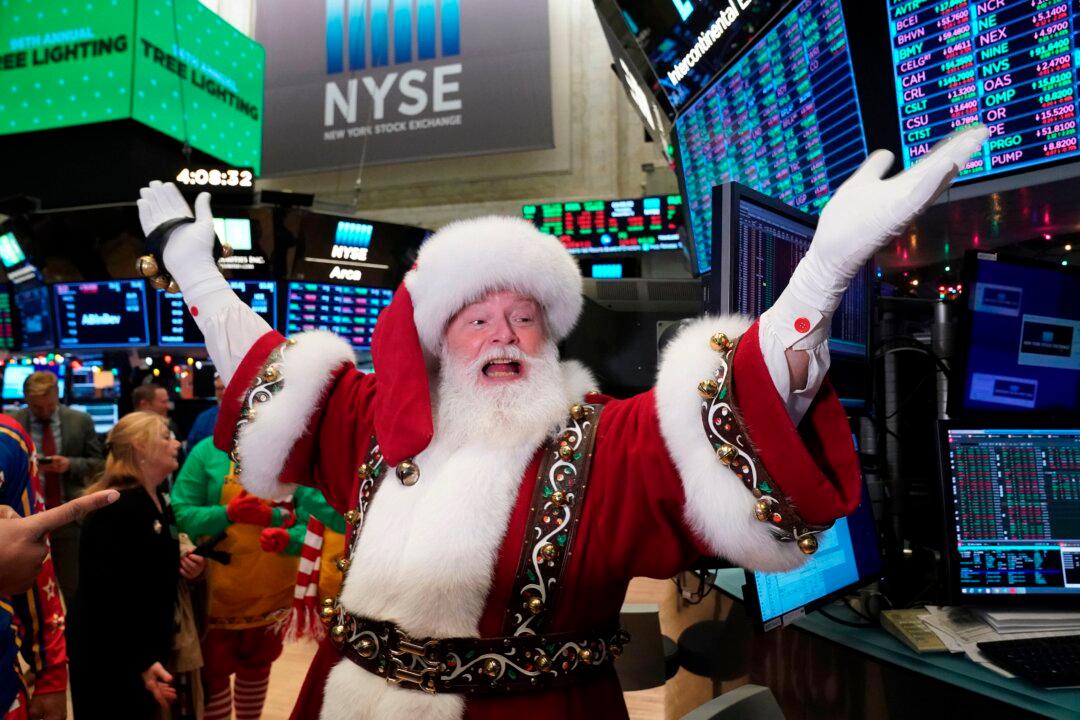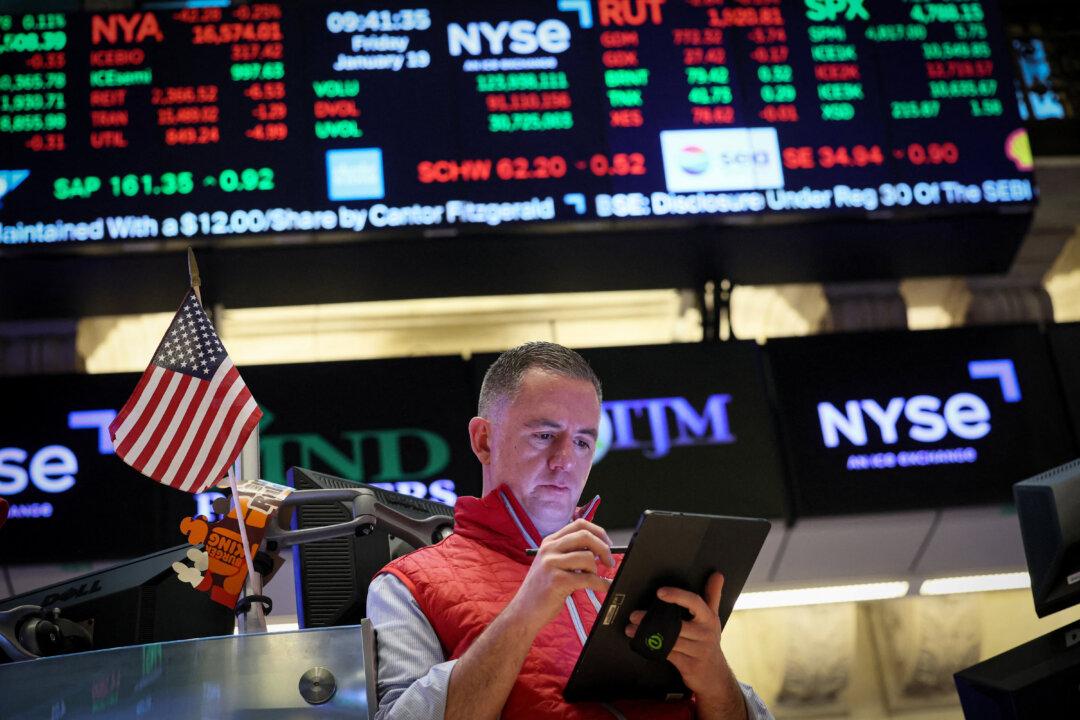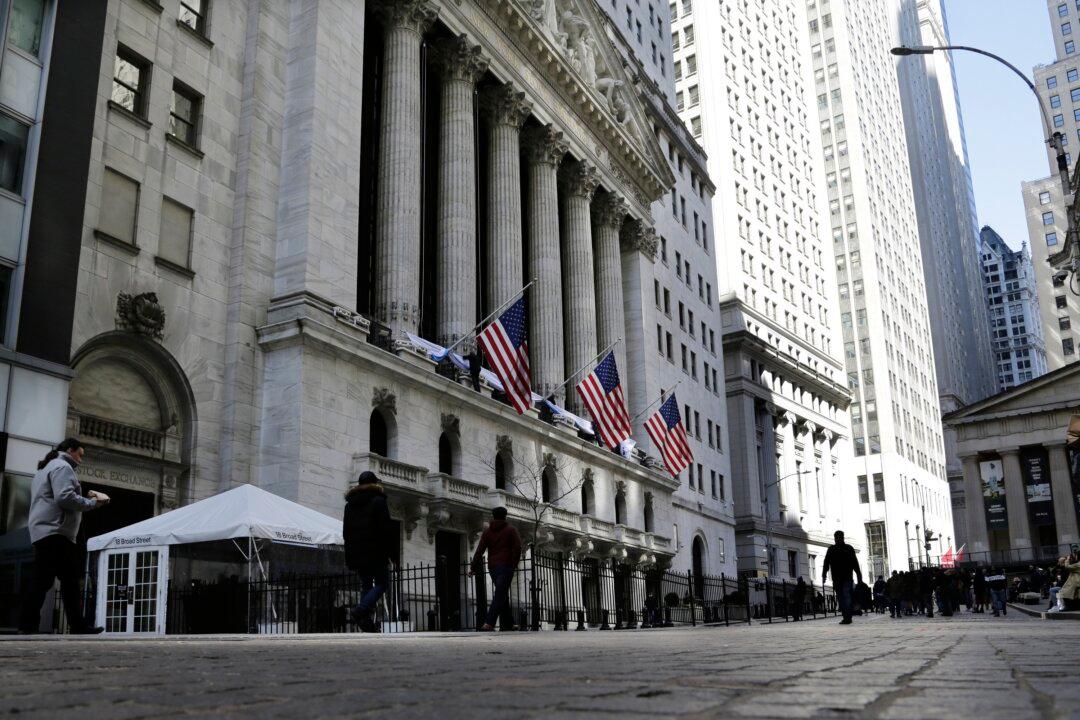Commentary
As we enter the last trading days of the year and volumes are light, if we continue to see positive news, save for possible escalations in the Middle East that are impossible to predict ahead of time, it should be a rising week, as it is the famed “Santa Claus rally.” In theory, this week should deliver new highs for 2023.




